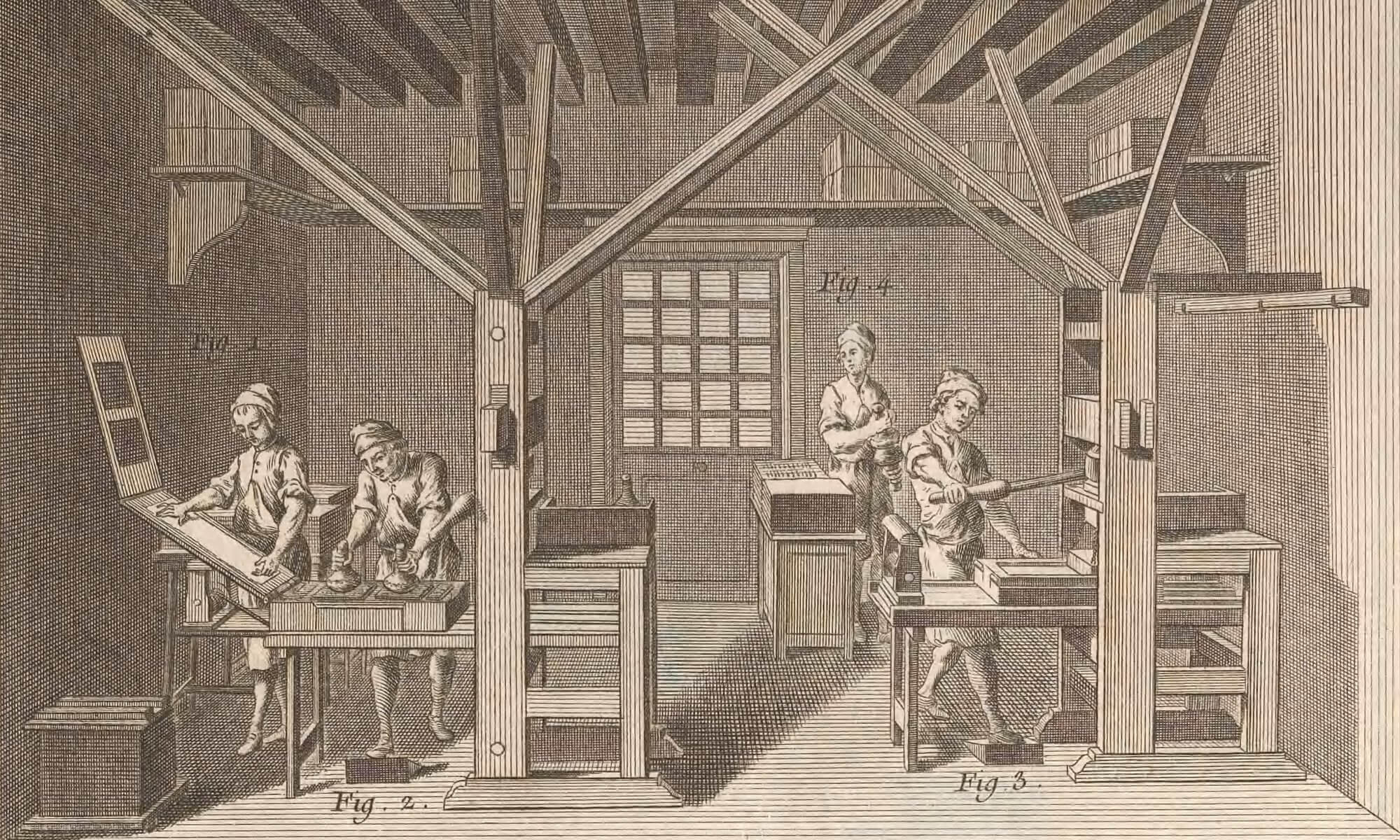Goal: The purpose of this exercise is to think about what sort of context might have shaped the reception of your book when it was published. The bulk of the work you’ll do here is looking at books, rather than writing up a report. (This exercise was designed for a class in which students were each focused on a single book they’d chosen to study all term, but it can be adapted to other course designs.)
The makers of all books assume they have an audience, but individual users of a book come to it with their own expectations and intents. Part of how we might understand both how a book constructed its general audience and how an individual reader used the book is by exploring the construction and uses of similar books. For instance, the genre of mother’s advice books might help us approach the question of what a reader might do with (and how a reader might react to) Elizabeth Jocelin’s The Mothers Legacie to her unborne childe. In thinking about books this way, we’re adapting Hans Robert Jauss’s notion of a “horizon of expectations”—a collective group of assumptions about genre, aesthetics, and ideology that shape how a reader responds to an individual work. When working with an historical work, scholars can retrace a sense of how it was received and used by striving to place it in its original horizon of expectations, thereby coming a bit closer to understanding the original cultural context for and experience of reading the book.
For this exercise, think about what categories of books might make up the horizon of expectations for the book you’ve been working with and then look at one or two examples of books in that category.
- First, explore what possible categories could make up the horizon of expectations for your book. The categories could have to do with genre of book (classical literature, religious education, travel narrative), with use of book (household recipes, how to garden, learning Latin), with author (Shakespeare, Dante), with form of writing (sonnet sequences, aphorisms), or with any other category that you think your book is identified with.
- Second, identify a small handful of other books that fall into this genre. You might want to explore a catalog’s subject headings, or gather information from scholarship about your book.
- Third, choose one or two of those similarly situated books to look at, preferably in person. It’s possible to do this exercise with digital or paper facsimiles, but if you have access to a library collection large enough to offer some samples, go there.
- When you are looking at your book, you needn’t read the entire work if you don’t want to. Concentrate on its physical characteristics (format, size, font, presence/absence of illustrations) and on its paratextual material (dedications, letters to the reader, indices, tables, title page). Think about whether and how it is similar to or different from your book.
- Finally, write up one or two paragraphs describing what you’ve done: name the category that you’ve chosen to use as shaping your book’s horizon of expectations, list the small handful of books you’ve identified as belonging to this category, and describe what you noticed about the book(s) you looked it.
